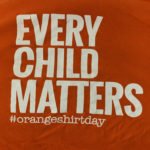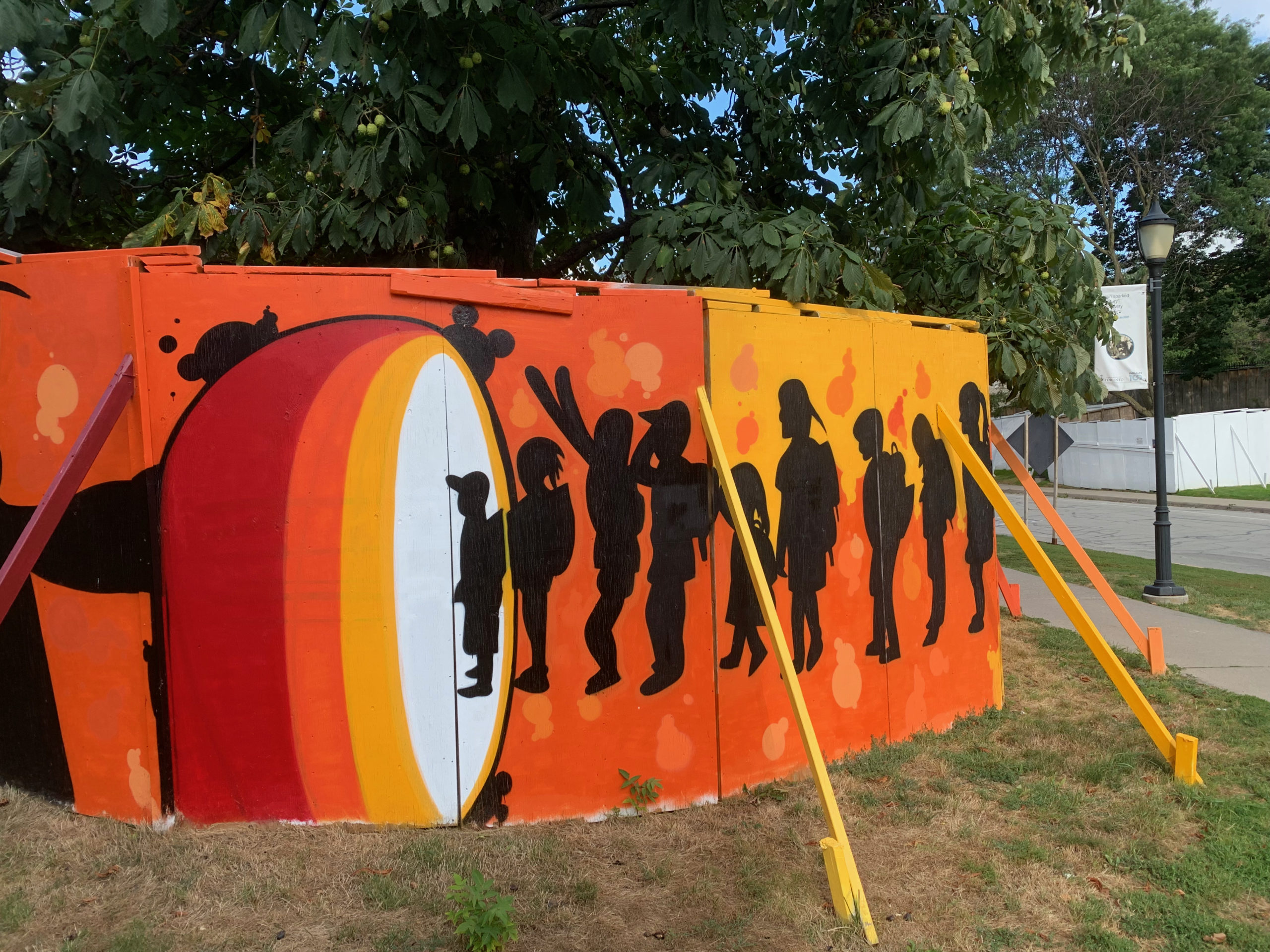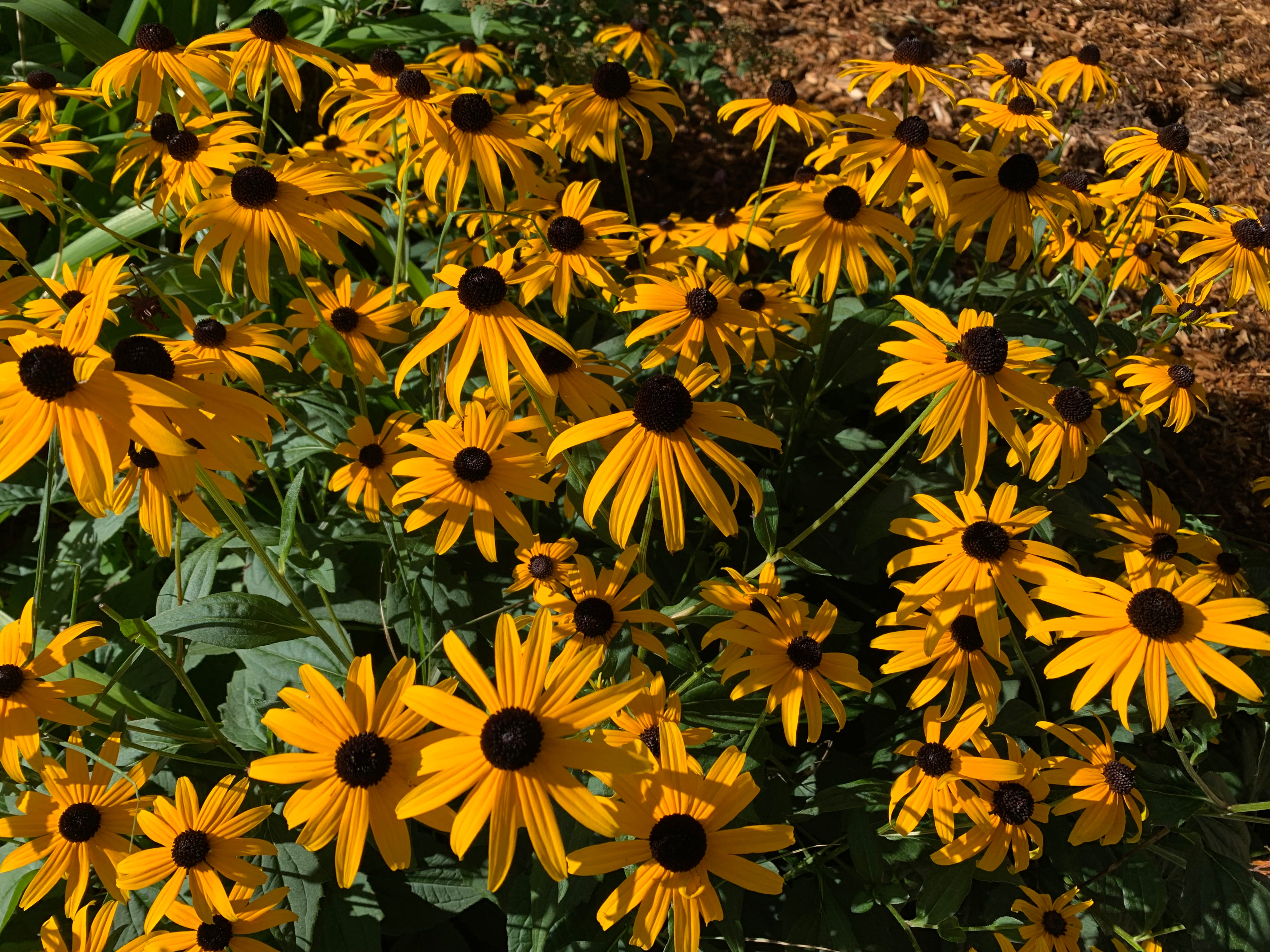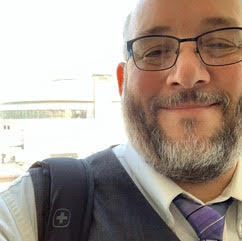Orange Shirt Day, Family, and Owning the Past Collectively.
 Teaching about Indian Residential Schools and Survivors.
Teaching about Indian Residential Schools and Survivors.
Teaching, ruminating, and thinking of the original 215 children found at Kamloops earlier this year is hard. I have taught for years about Indian Residential Schools (in Canada) or Indian Boarding Schools (in the US). It is a core part of teaching Intro to Indigenous Studies over the course of 20 years now. I tried to understand it too—because I am the son and the great-grandson of survivors.
In the past, my go to defense mechanism is to teach the accurate and honest history of it. I would hide behind my intellectualism of a deeply disturbing and uncomfortable part of my family history, and even parts of its deeply rooted dysfunction. I tried to understand how the Indian, viewed as a problem in Westward expansion and colonization could be treated so inhumanely by those who considered themselves the pinnacle of human civilization. Words like conquest, savage, and sub-human sprout like weeds among Canadian and American history books.
Rationalization begins with some form of excuse that “we really did it with the best of intentions—but it is nevertheless a dark chapter in our history.” Yet, it was clear from the mantra, “Kill the Indian, and save the man,” that there was nothing gentle or the best of intentions about it. It was designed by its very nature to eradicate the culture, language and indeed the humanity from children. Leaving the rippling effects of trauma and paralysis of the spirit to those who did survive these hellish “schools.” It has been reframed as “boarding schools or residential schools,” as though there were somehow Harry Potter-esque and more like a prep school than what they were for those who endured and perhaps survived. Many would never talk about it again—for the rest of their lives.
Dark Reckonings and Excuses.
However, we look at it, it is a dark reckoning. Generations upon generations have felt the effects of these “schools,” of this abuse, trauma, and unmitigated silence of far too many from Indigenous communities.
Yet, with the Kamloops discovery this summer, of 215 unmarked graves, things began to feel different. As of this writing, that number of unmarked graves at approximately 20+ residential schools has climbed to an unimaginable 6,500+ unmarked graves—with more yet to come. Sadly, but not surprisingly, this has fallen out of the national and international media. But, not the Indigenous families, communities, and survivors of residential schools.
These stories, these horrors, indeed these unyielding traumas continue to ripple through many Indigenous layers. I find myself unable to defensively intellectualize it any longer.
Stunned and Silence today.
I find myself quieted, stunned, and horrified at the thought one of these unmarked graves could have been my father or great-grandmother—very easily.
Years ago, I had a student try to dismiss the way the cultural memories of Canada and the US do regularly. The student simply stated, “this happened decades and even a century ago, why does it matter? Can’t you all just get over it already.” Very brazen for sure, but not uncommon in an Indigenous studies class or for Indigenous students, staff, or faulty in a very sad reality. And of course, I shifted gears almost immediately.
I stopped the class and asked them to think about why that is the expectation? I asked them to think about how raw 9/11 was; and if America should just get over it. I knew I was being provocative and deliberately so—but Canada and the US in particularly love to wag their fingers at human rights violations around the globe—all the while ignoring their own dark histories and colonization histories-as they so often rationalize these very crimes against humanity. So, I began to push back by telling my family’s story—without permission from my family.
Family and legacies of pain and trauma.
I began to strive to show the students that I was not in fact that far removed. My father attended the Mohawk Institute, also known as the Mush Hole, in Brantford, Ontario. I then further informed the class that my great-grandmother from the Tonawanda Seneca went to Carlisle—the birthplace of “Kill the Indian, save the man,” under Richard Pratt—the architect of Indian Boarding Schools. Just as, John A. MacDonald was the architect here in Canada. So, in fact, I was at most ONE and THREE generations removed from residential schooling—and its horrific outcomes on my family.
This day, indeed, this week, has been hard on me and so many other Indigenous people, families, and communities. We are still reeling from these intergenerational traumas, memories, and horrors. The losses we all feel individually and collectively are immense and heavy. And some days, like today, I intellectually and defensively burrow into my work and focus on getting things done and hanging out with my puppy—because I it is simply too hard to face the ugly truths and memories of today.
I am honored to work among colleagues and others who have very deeply touching stories, empathy, and are still so willing to share this very difficult memories and stories. Like my colleague who was the only one in her family not to be taken to residential school—and still is so very worried about how these discussions will affect her students—and rightly so. Or the anger that so readily and easily seethes at some of the performative aspects of days like today—when it is revisiting and reopening old wounds for too many souls that still struggle, especially on days like today. Yet, it does my heart good to see so many take moments to consider and reflect on all of this—but it is still a tough day and indeed a week for too many of us.
Beginning to share-finally.
I am so very proud of so many of my friends, colleagues, and so many people that we have begun to share our stories, share our pains and memories, and show just how resilient we are as Indigenous peoples. Because we are still here! And we do not seek vengeance or retribution the likes of what was perpetuated on so many of our family members and kin. We simply ask that others learn what our families, communities, and survivors endured—and that it never be allowed to happen again.
I am tired today. I am hurting today. But it pales in comparison to what my father and great-grandmother endured but never spoke about again. I am grateful they still loved their families and guided me somehow. I hope I can always honor their fortitude and resilience—even one day emulate the understanding they so readily demonstrated to me to aspire up too in the end.
Please sit with this today.
Please face these uncomfortable truths squarely. Sit with the emotion the way far too many survivors, Indigenous families, and generations have now even before TRC. And tell this truth squarely to do better in order to aspire to true reconciliation and healing between our cultures.
Rest easy now Jason (my father) and Grace (my great-grandmother), I will not forget!
What will you do beyond today–Orange Shirt day?








